Alejandro Macias: Land of Wolves
February 23 - March 31, 2024
Latchkey Gallery
Land of Wolves showcases new work by Alejandro Macias (b. 1987, Brownsville, TX), produced during CALA Alliance’s 2023 Regional Artist-in-Residence program. Over several months, the artist created works that echo his ongoing research into the complex fissure of the US/Mexico border. Macias roots his practice in the ambiguity of the in-between–of identity, nationhood, and place. His paintings and drawings address themes of migration and assimilation, rendering a unique impression of the US/Mexico borderlands and foregrounding the brutal and unjust policies that characterize this space. The artist positions himself as a documentarian, depicting the objects, people, and geographies that make up the dynamic yet complex region.
Many of the works in Land of Wolves feature bifurcated maps, signposts, and portraits of law enforcement. These works serve as vignettes of the borderlands, often revealing the oppositions and inherent contradictions that exist within the region. The exhibition’s title, borrowed from the 2015 film Sicario, underscores Macias’s interest in interrogating representations of the borderlands in media and public consciousness. Though a contested, bicultural space, Macias draws attention to the narratives that disseminate across cultures to form a dominant idea of the borderlands in the American imagination.
In a series of works referencing the US flag, Macias creates a liminal space within the work itself by splitting the work across multiple panels and drawing attention to the space between them. For the artist, negative space or shifts in medium and iconography are critical aspects of the work. In paneled works such as LIFE, LIBERTY, HAPPINESS (2023), the craggy edges of splintered wood echo the almost 2,000 miles of the continental border. In contrast, smooth, industrial highway signs jut out of the bottommost section of the work, exposing the wall behind it. In a series of smaller wooden panels, Macias replicates the fissure between boards, with unique roadway signs bearing quotes from films released on both sides of the border.
In his portraits, Macias is profoundly interested in coupling seemingly oppositional elements in his sitters. In Border Watcher (2023), the subject wears a pressed and rigid border patrol uniform. While their identity is shielded by a multicolored serape–this pattern suggests that the sitter is of Mexican descent. The ongoing Nopal en la Frente series also depict border patrol officers, through precise graphite drawings paired with frenetic and gestural approaches in pastel. The derogatory title, a slur for Mexican Americans that shy away from their cultural heritage, signals that these officers, too, hold roots from the other side.
The duality of Macias’s compositions highlights the inherent friction that people of the borderlands hold within them. In many ways, the portraits, signs, and maps are physical manifestations of this rupture. Taken as a whole, Macias’s work asks us to consider the multiplicities of identities we may hold and how they might be in conflict with each other.
















